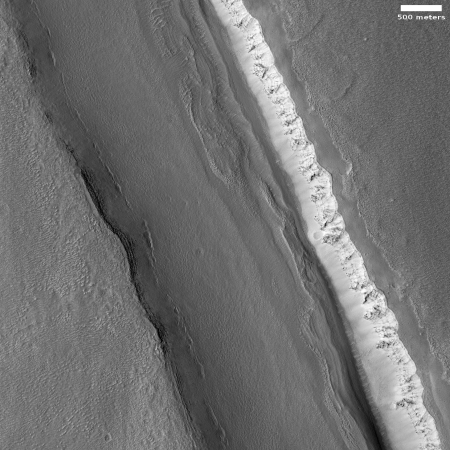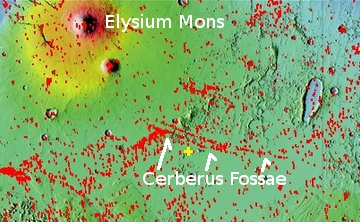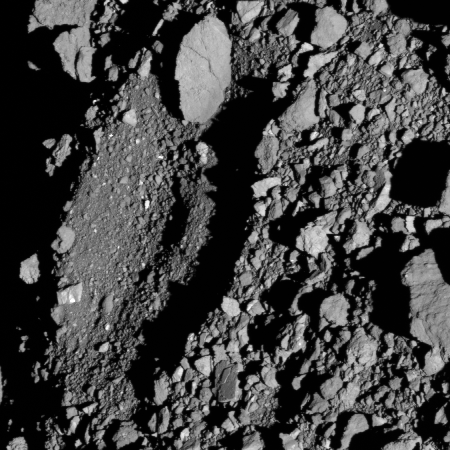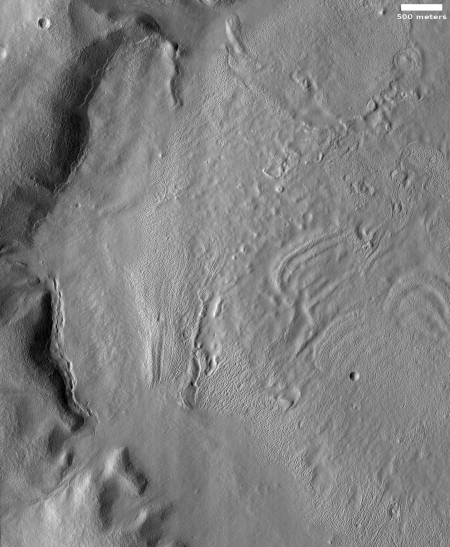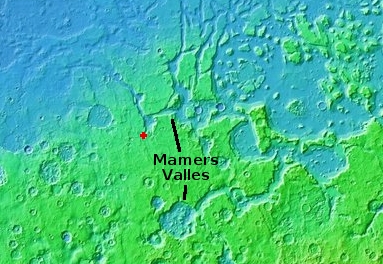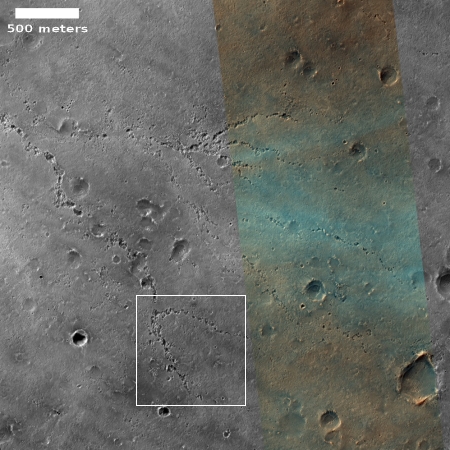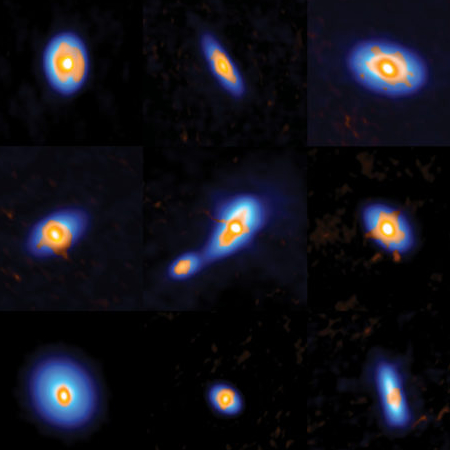SpaceX gets approval for Starship/Super Heavy factory in LA
Capitalism in space: Having abandoned plans to build its Starship/Super Heavy rocket factory at the Port of Los Angeles in 2019, SpaceX has changed its mind and now gotten approval for the factory from the LA City Council.
First announced in March 2018 and abandoned for about a year beginning in March 2019, SpaceX has refreshed plans to build giant rocket parts in a California port, simplifying aspects of the original proposal and relying heavily on the fact that steel is far easier to handle than carbon fiber. Now, the company wants to refurbish and repurpose a number of old abandoned buildings already present at Port of LA Berth 240, effectively replicating a somewhat smaller version of the Starship production facilities SpaceX is in the middle of building in South Texas.
With Los Angeles Harbor Commission and City Council approvals both safely in hand, SpaceX’s Port of LA Starship is now officially a question of “when”, not “if”. When the concept first popped back into the public discourse late last month, it came alongside a report from CNBC reporter Michael Sheetz that SpaceX wanted to start building Starship parts as few as 90 days after it reapproached Port officials.
The speed in which SpaceX is moving here is very typical for the company. Bodes well for real test flights both this year and next.
Capitalism in space: Having abandoned plans to build its Starship/Super Heavy rocket factory at the Port of Los Angeles in 2019, SpaceX has changed its mind and now gotten approval for the factory from the LA City Council.
First announced in March 2018 and abandoned for about a year beginning in March 2019, SpaceX has refreshed plans to build giant rocket parts in a California port, simplifying aspects of the original proposal and relying heavily on the fact that steel is far easier to handle than carbon fiber. Now, the company wants to refurbish and repurpose a number of old abandoned buildings already present at Port of LA Berth 240, effectively replicating a somewhat smaller version of the Starship production facilities SpaceX is in the middle of building in South Texas.
With Los Angeles Harbor Commission and City Council approvals both safely in hand, SpaceX’s Port of LA Starship is now officially a question of “when”, not “if”. When the concept first popped back into the public discourse late last month, it came alongside a report from CNBC reporter Michael Sheetz that SpaceX wanted to start building Starship parts as few as 90 days after it reapproached Port officials.
The speed in which SpaceX is moving here is very typical for the company. Bodes well for real test flights both this year and next.


